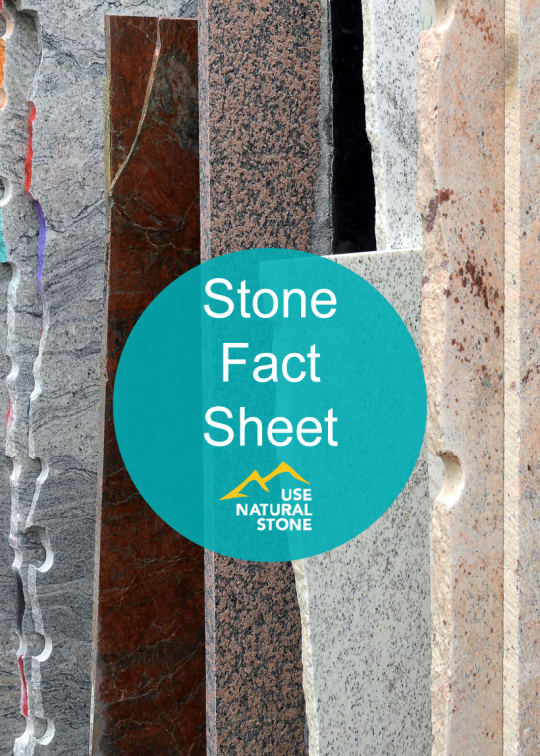Using Stone For Building - Facts And Fads
At a glance..
The "facts and fads" in this technical brief have been selected to provide a better understanding of the properties of stone and their application in informal building.
The details..
The book delves into the definition of stone and its mystical role since our planet was formed. Stone has played a significant part in history but is often misunderstood. The rational use of stone began with the formation of guilds during the middle ages; however, mysticism never really diminished creating fads that still exist today.
After World War II emerged what we know today as 'stone technology.' Standards are under constant review by standardisation communities like CEN (European Committee for Standardisation) to ensure safety aspects cannot be compromised when using stones. With many facts emerging over time about stones' properties gradually assumptions are being straightened out.
The term 'rock' can be confused with 'stone,' which describes all natural rock materials quarried or mined for constructional purposes. There are various types available such as marble, limestone, dolomite granite sandstone basalt quartzite slate tuffs amongst others each having unique qualities that make them suitable for different applications.
It's commonly believed that once extracted from a site soft rocks last millions of years if undisturbed; however problems arise when they're removed from their original location causing structural alterations weakening it especially when used in paving where impact loading is common opposed to walling.
